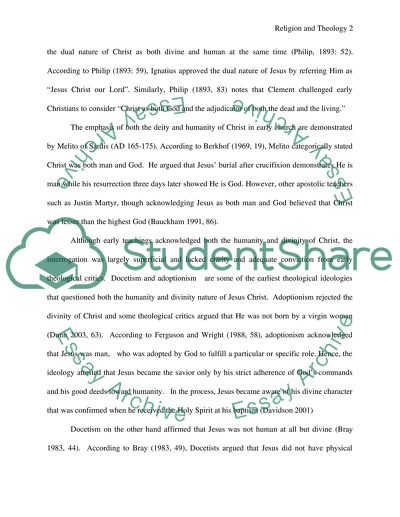Cite this document
(“The Development of Christology and Its Relevance for Contemporary Essay”, n.d.)
The Development of Christology and Its Relevance for Contemporary Essay. Retrieved from https://studentshare.org/religion-and-theology/1434649-describe-the-development-of-christology-up-to
The Development of Christology and Its Relevance for Contemporary Essay. Retrieved from https://studentshare.org/religion-and-theology/1434649-describe-the-development-of-christology-up-to
(The Development of Christology and Its Relevance for Contemporary Essay)
The Development of Christology and Its Relevance for Contemporary Essay. https://studentshare.org/religion-and-theology/1434649-describe-the-development-of-christology-up-to.
The Development of Christology and Its Relevance for Contemporary Essay. https://studentshare.org/religion-and-theology/1434649-describe-the-development-of-christology-up-to.
“The Development of Christology and Its Relevance for Contemporary Essay”, n.d. https://studentshare.org/religion-and-theology/1434649-describe-the-development-of-christology-up-to.


